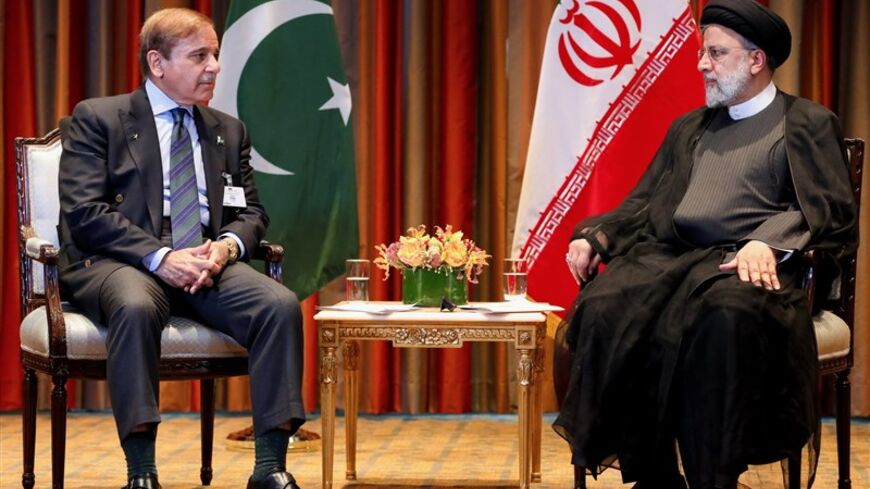Iran-Pakistan relations have blossomed over 78 years of diplomatic ties, with both nations seeking to expand their mutual cooperation and strategic alignment. Aligned in their political approach, these neighboring countries are bolstering ties through good-neighborliness, gas exchange, countering terrorism, and joint efforts to expel external influences from the region.
A history of cordial relations based on shared religion, culture, and proximity typifies the bond between Iran and Pakistan. Tens of thousands of Pakistani Muslims visit Iran annually for pilgrimage, fostering close cultural and religious ties. Recently, thousands gathered near Islamabad to express solidarity with Palestinians, showcasing a unified stance on global issues.
High-profile visits between the two nations further cement their fraternal bond. Iranian President Ebrahim Raeisi’s visit to Pakistan in late April aimed to enhance cooperation in diverse fields, including trade, connectivity, and agriculture. Raeisi emphasized the “inseparable” bonds between Iran and Pakistan, underscoring their commitment to strengthening relations on all levels.
One significant aspect of their cooperation is the Iran-Pakistan gas pipeline, also known as the Peace pipeline, aimed at delivering natural gas to Pakistan. Despite challenges, both countries are determined to see the project through, viewing it as crucial for economic and strategic reasons.
Economic ties between Iran and Pakistan are also flourishing, with trade reaching over $2 billion last year. Both nations aim to boost annual bilateral commercial exchange to $10 billion, highlighting the potential for further growth and cooperation.
Efforts to undermine Iran-Pakistan relations by third countries have been unsuccessful, as evidenced by their strengthened cooperation in combating terrorism. Both countries have improved anti-terror mechanisms and are committed to securing peace along their shared borders while promoting development in border regions.
In conclusion, Iran-Pakistan relations are on an upward trajectory, driven by shared interests, cultural affinity, and strategic cooperation. As these aligned nations continue to forge ahead, they exemplify the power of collaboration in advancing mutual goals and fostering regional stability.


